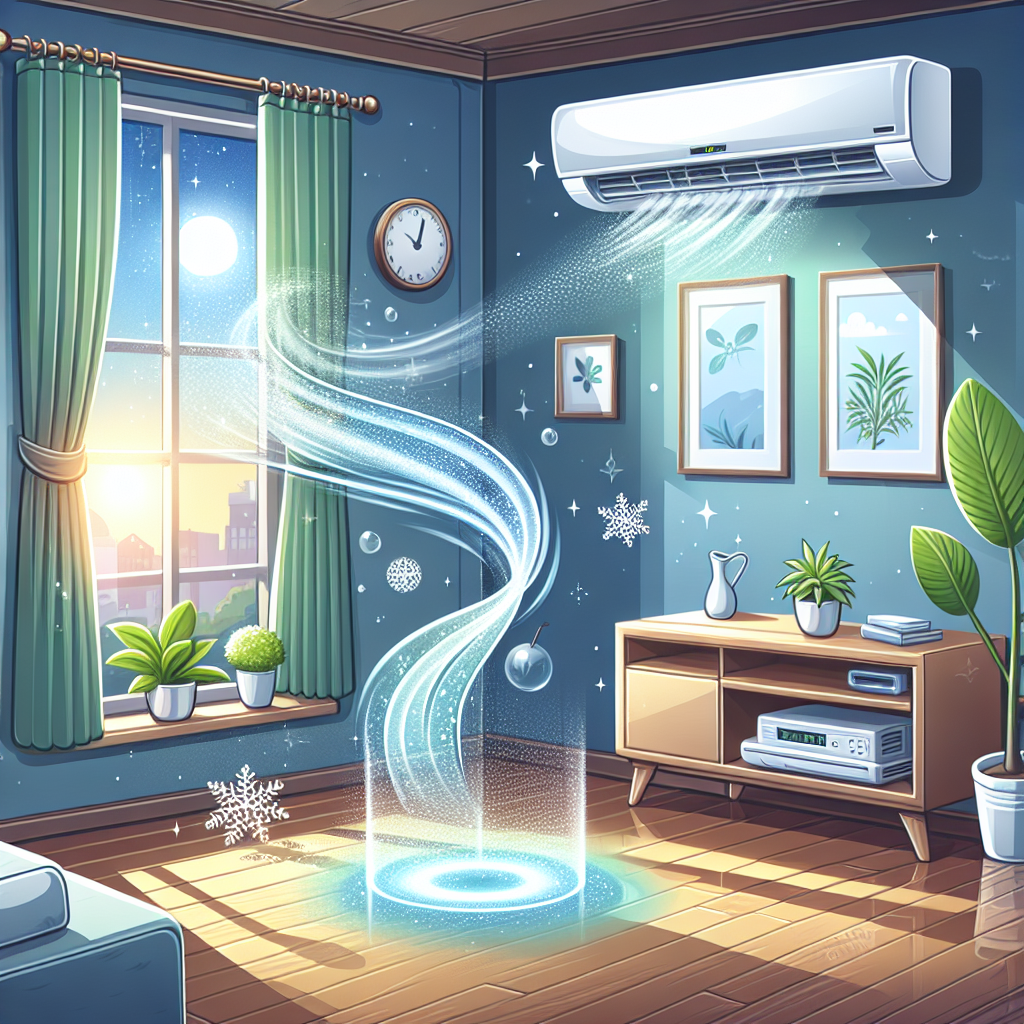Tips for Improving Indoor Air Quality with Your Air Conditioning
Indoor air quality is an important factor in maintaining a healthy living environment. Poor air quality can lead to a variety of health issues, including respiratory problems, allergies, and asthma. One way to improve the air quality in your home is by using your air conditioning system effectively. Here are some tips for improving indoor air quality with your air conditioning:
1. Change your air filters regularly: One of the simplest and most effective ways to improve indoor air quality is by regularly changing the air filters in your air conditioning system. Dirty filters can trap dust, pollen, and other allergens, circulating them throughout your home. By changing your filters at least every three months, you can help keep the air in your home clean and free of pollutants.
2. Consider using high-efficiency filters: If you suffer from allergies or asthma, you may want to consider using high-efficiency air filters in your air conditioning system. These filters are designed to trap smaller particles, such as pollen, pet dander, and dust mites, improving the overall air quality in your home.
3. Keep your air ducts clean: Over time, dust, dirt, and other debris can accumulate in your air ducts, reducing the efficiency of your air conditioning system and contributing to poor indoor air quality. To prevent this, it’s important to have your air ducts cleaned regularly by a professional.
4. Maintain proper humidity levels: Humidity levels can have a significant impact on indoor air quality. Too much humidity can lead to mold growth and other issues, while too little humidity can cause dry skin and respiratory problems. To maintain proper humidity levels, consider using a dehumidifier or humidifier in conjunction with your air conditioning system.
5. Schedule regular maintenance: Regular maintenance of your air conditioning system is essential for ensuring optimal performance and air quality. By scheduling annual tune-ups with a professional HVAC technician, you can identify and address any issues before they become major problems.
6. Use a programmable thermostat: Programmable thermostats allow you to set specific temperature and humidity levels throughout the day, helping to maintain a comfortable and healthy indoor environment. By programming your thermostat to adjust the temperature and humidity levels based on your schedule, you can improve indoor air quality while also saving energy.
By following these tips, you can improve indoor air quality in your home and create a healthier living environment for you and your family. Remember, the air we breathe plays a crucial role in our overall health and well-being, so it’s important to take steps to ensure that the air in your home is clean and free of pollutants.


